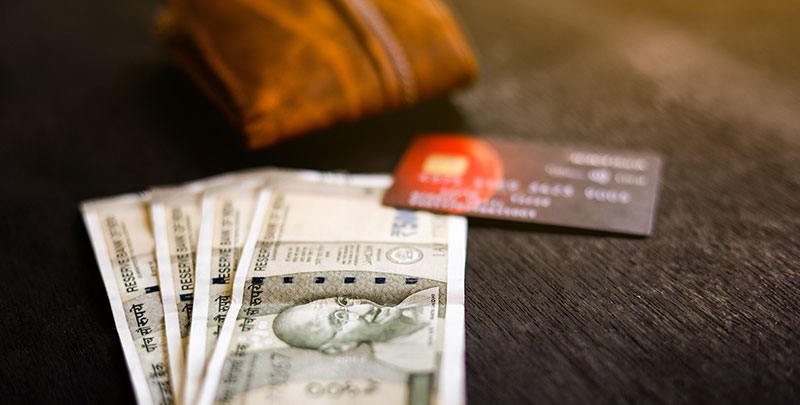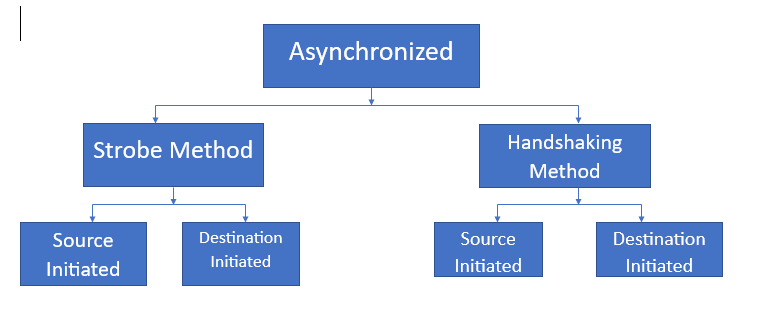As sustainability becomes a cornerstone of modern business practices and environmental stewardship, the concept of the circular economy has emerged as a key solution to reducing waste and conserving resources. One of the most significant components of this model is the recycling of materials to create a closed-loop system that minimizes the need for new raw materials. Among the most critical materials in this circular economy is Polyethylene Terephthalate (PET), a widely used plastic found in everything from beverage bottles to food packaging. By PP Recycling, we can reduce waste, lower environmental impact, and contribute to the long-term goals of a sustainable circular economy.
Understanding PET and Its Role in the Circular Economy
PET is a versatile plastic known for its strength, durability, and ability to be molded into various shapes. It is most commonly used in single-use products such as beverage bottles, containers, and packaging. Unfortunately, due to the widespread use of PET and its tendency to be discarded after a single use, it has become one of the most prominent contributors to plastic waste worldwide.
In the context of a circular economy, recycling PET offers a unique opportunity to reduce waste, conserve natural resources, and reduce the environmental impact associated with the production and disposal of plastic. By reusing PET materials through recycling, the demand for new plastic production is lowered, and the plastic can be reincorporated into new products, creating a closed-loop system that keeps resources in circulation.
The Process of Recycling PET
The recycling of PET begins with the collection and sorting of PET products, such as used bottles and containers. These materials are then cleaned to remove any contaminants, such as food residues or labels, which could affect the quality of the recycled material. Once cleaned, the PET is melted down and transformed into small pellets or flakes, which can be used to manufacture new products. The process of recycling PET helps reduce the need for virgin plastic, which in turn lowers energy consumption, greenhouse gas emissions, and the depletion of natural resources.
This recycling process is especially important for meeting the goals of a circular economy because it extends the life cycle of PET, preventing it from ending up in landfills or the natural environment. By recycling PET, the material is repurposed and reused multiple times, keeping it in circulation for longer periods.
Meeting Circular Economy Goals Through PET Recycling
A key principle of the circular economy is reducing the extraction of raw materials and minimizing waste. Recycled PET (rPET) plays a vital role in achieving these objectives. By recycling PET, the need for virgin materials is reduced, conserving valuable resources like petroleum and energy. This not only minimizes the environmental footprint of plastic production but also helps to reduce the carbon emissions associated with the manufacture of new plastic products.
The benefits of recycling PET also extend to reducing plastic pollution. Single-use plastics, including PET bottles, are major contributors to global waste and are often found in oceans and waterways, where they can cause significant harm to marine life and ecosystems. Recycling PET reduces the volume of these plastics that end up in landfills and the environment, helping mitigate the broader environmental impact of plastic pollution.
Economic Benefits of PET Recycling
In addition to environmental benefits, recycling PET supports the circular economy by creating economic opportunities. The recycling industry itself generates jobs in collection, sorting, and processing, which stimulates local economies. Furthermore, the use of recycled PET in manufacturing reduces production costs for businesses since recycled materials are often more affordable than virgin plastic. Companies that incorporate rPET into their products can also benefit from increased consumer demand for sustainable goods, enhancing their market appeal and competitiveness.
Moreover, the reduction in the need for virgin plastic production translates to lower energy consumption and a decrease in the environmental costs associated with extracting and processing raw materials. As recycling systems improve and demand for sustainable materials rises, the economic potential of PET recycling will continue to grow.
Innovations Driving PET Recycling Forward
As the demand for more sustainable practices increases, innovation in PET recycling technology is advancing rapidly. Innovations such as advanced sorting techniques, including near-infrared (NIR) and automated optical sorting, are making it easier and more efficient to process PET materials. These technologies help improve the purity of recycled PET, ensuring that it can be used in a wide range of high-quality products.
Additionally, chemical recycling technologies are emerging as a game-changer for PET recycling. These methods break down PET into its basic building blocks, which can then be repolymerized into new PET products. This opens the door for more efficient recycling, allowing PET to be reused indefinitely without losing quality.
The Role of Consumers and Businesses
Achieving the goals of a circular economy through PET recycling requires the active participation of both consumers and businesses. Consumers can play a crucial role by responsibly recycling their PET products and supporting businesses that prioritize sustainable practices. Properly sorting and cleaning PET materials ensures that they can be effectively recycled and reused.
For businesses, embracing PET recycling not only supports environmental sustainability but also aligns with consumer preferences for eco-friendly products. Companies can integrate recycled PET into their manufacturing processes, use it in new products, and reduce their reliance on virgin plastic. Additionally, businesses can collaborate with recycling programs and advocate for more efficient recycling systems to help meet circular economy goals on a larger scale.
Conclusion
Recycling PET is a critical step in achieving the objectives of a circular economy. By repurposing plastic materials, we can conserve resources, reduce waste, and lower environmental impacts. The adoption of PET recycling processes is essential for meeting sustainability goals, supporting a closed-loop system that minimizes the need for new plastic production and reduces plastic pollution. As technology continues to advance and consumer and business engagement grows, PET recycling will play an increasingly important role in creating a more sustainable, resource-efficient future.





